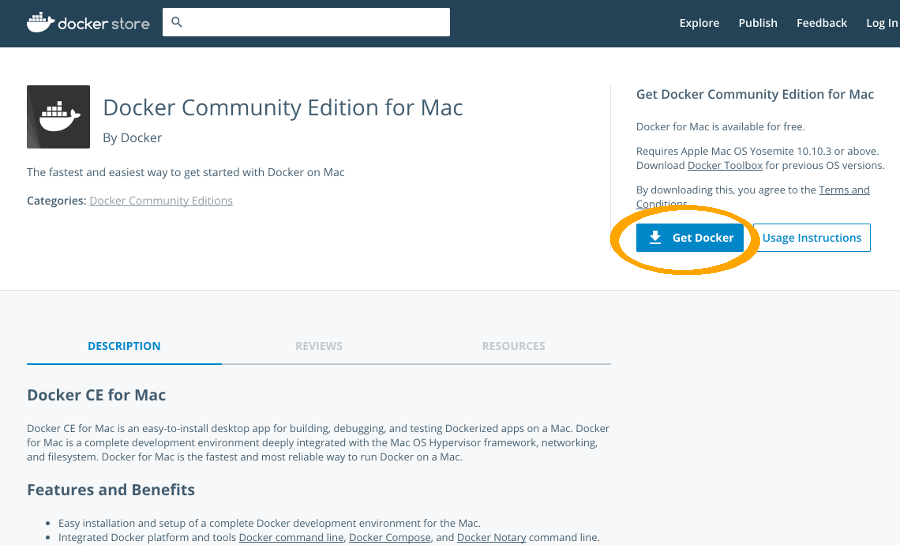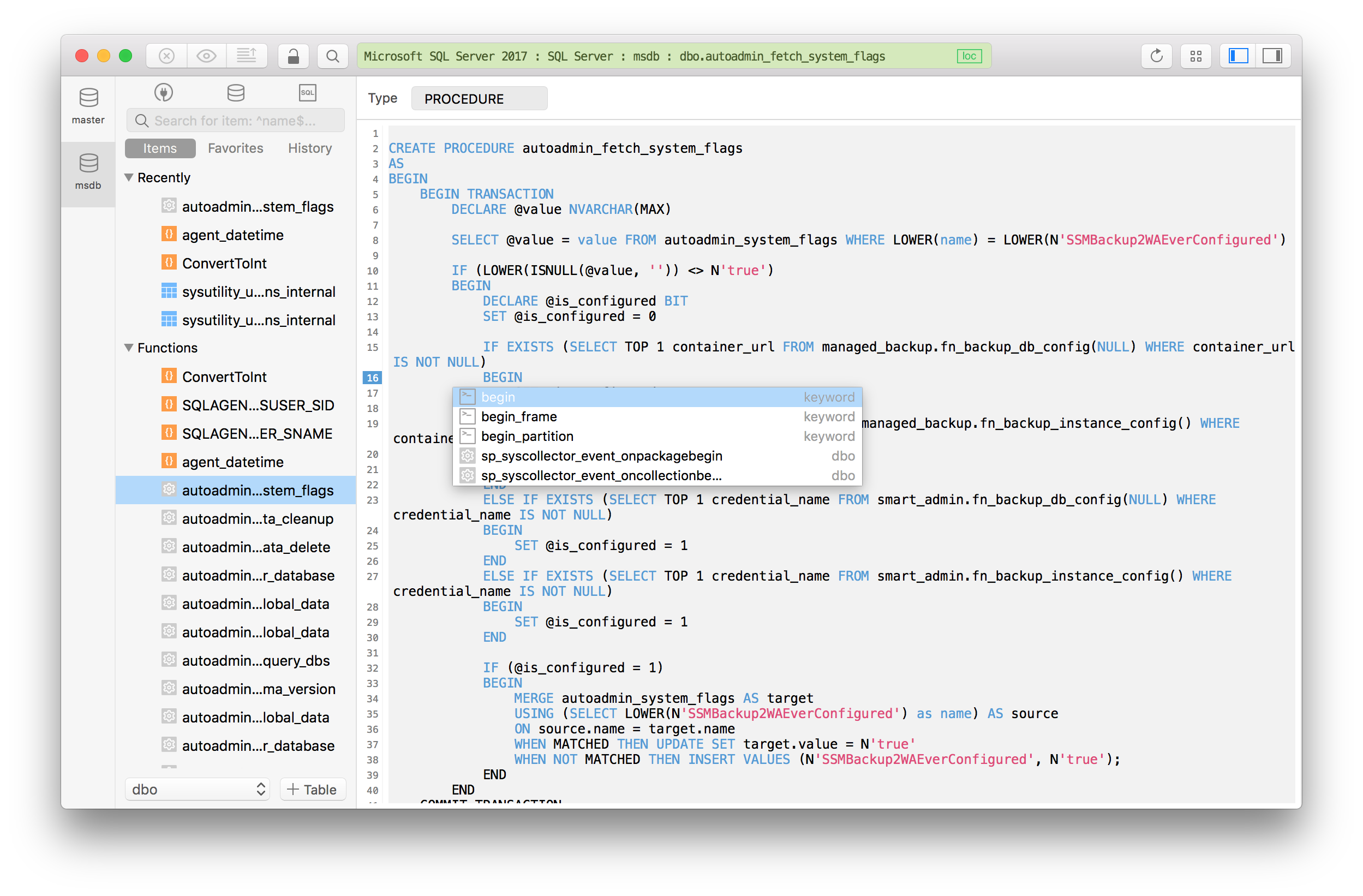

Let’s set a breakpoint when currentCount is incremented, line 16. To ensure that the changes we have made are working as expected, we will start a debugging session. Here we have added a new input field (line 5) for users to configure the increment, we have added a new property increment (line 11) to store the increment value and lastly we have modified line 16 to use the increment value instead of the hard coded increment by 1.
#How to start sql server on mac code#
In the code shown above the lines indicated by an arrow are the new, or edited, lines of code. If you would like to copy and paste the code into your project, a snippet is "/counter" Take a look at the updated code for Counter.razor in the following screenshot. We can do this by adding an input field onto the Counter page and binding it to a new increment property that is used to increment the counter. Let’s modify this to page to enable the user to specify the increment value. In the project that is created there is a Counter page where you can click a button to increment the count. Now that we have our project up and running, let’s have some fun and customize it a bit. After the project is built, the app will be opened in a browser. Let’s start this app with the keyboard shortcut for Start without Debugging. When you start your application, it will be launched within the default system browser., You can change the launched browser by using the browser selector in the toolbar, shown in next image. To Start without Debugging you can use the menu option (shown in image above), or you can use the keyboard shortcut ⌥⌘⏎. In this case, let’s go with Start without Debugging because it launches faster than a debug session, and we are not intending to do any debugging currently. You can start your new Blazor app with Run > Start Debugging or Run > Start without Debugging. Now that the project has been created, the first thing that we should do is to run the application to ensure that everything is working as expected.

I have opened the Index.razor file in Visual Studio for Mac’s editor, which you can see in the screenshot below. After the project is created, it will be opened in the IDE.

Now that we have configured our new project we can click Create (or hit the Return key) to create the project. I have named this new project HelloBlazor. Once you’ve selected Next, you’ll get to the next page in the wizard where you will give your new project a name. NET Core 3.1 at the time of this post, or change it to use a specific version. NET Core -> App section and then select Blazor Server App:Īfter clicking Next, you’ll be prompted to select the. To create a Blazor Server app we will go to the. Once you’ve done that, the New Project Dialog will appear. You can also use the menu option File->New Solution as shown below. To get started you will first click New to begin creating your new Blazor Server app.
#How to start sql server on mac for mac#
When you first launch Visual Studio for Mac you will see the dialog that follows: Both client and server code are written in C#, allowing you to share code and libraries. Blazor apps are composed of reusable web UI components implemented using C#, HTML, and CSS. Blazor lets you build interactive web UIs using C# instead of JavaScript. In this post I’ll show you how you can get started building new Blazor Server applications with Visual Studio for Mac.

In Visual Studio 2019 for Mac v8.4 one of the big things that we added support for is developing Blazor Server Applications.


 0 kommentar(er)
0 kommentar(er)
